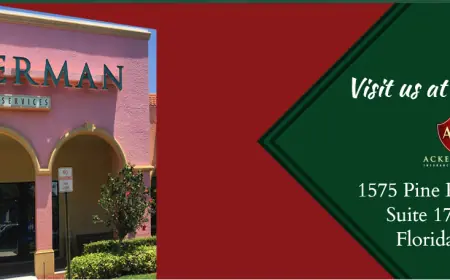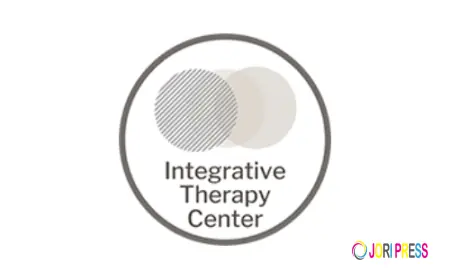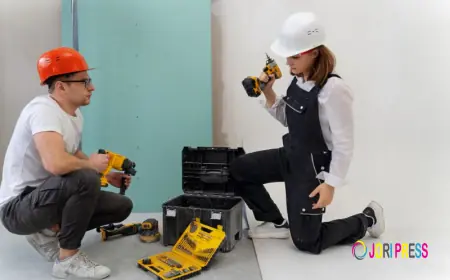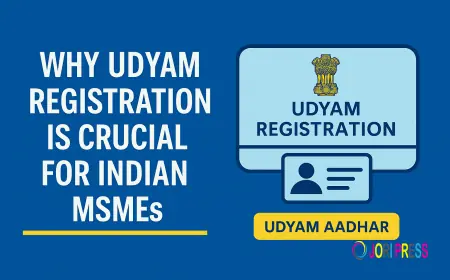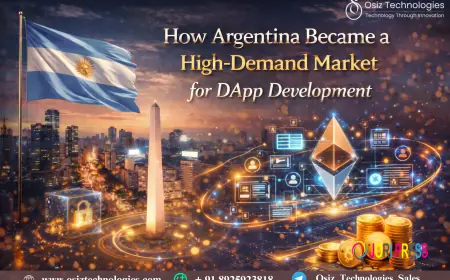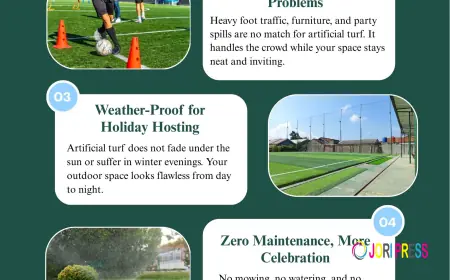Best Blockchains for RWA Tokenization: Ethereum, Solana, Polygon & More
Best blockchains for RWA tokenization, comparing Ethereum, Solana, Polygon and more to help choose the right network for secure asset tokenization
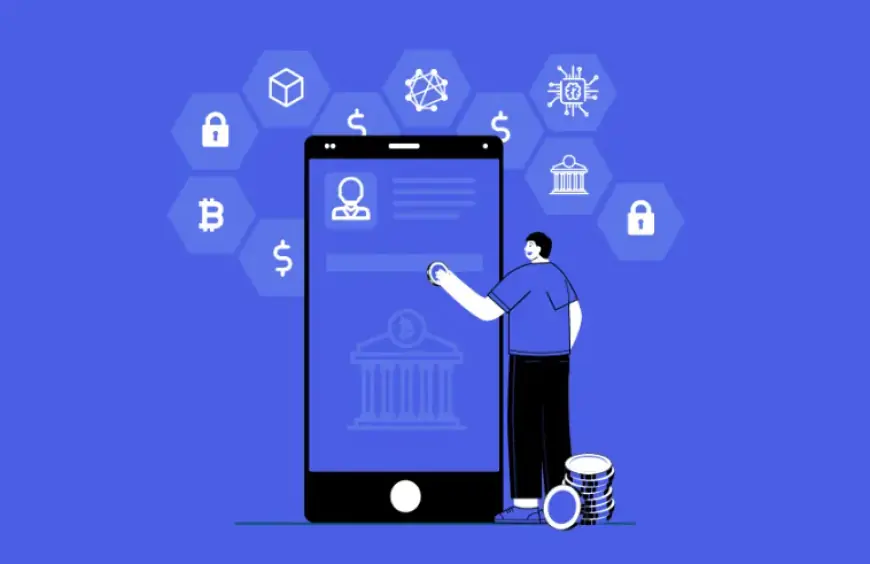
Real-world asset (RWA) tokenization has moved from a concept to an active part of the blockchain economy. More businesses, financial institutions, and digital platforms are exploring ways to bring physical and traditional financial assets on-chain to increase liquidity, expand accessibility, and enable programmable ownership. As a result, choosing the right blockchain has become a major decision for anyone planning to tokenize assets. Different chains offer different levels of scalability, security, and compliance support, and these differences directly influence how RWA projects grow.
RWA tokenization involves converting assets like real estate, commodities, treasury products, private credit, and revenue-based instruments into digital tokens that can be traded, transferred, or used as collateral. This process requires a chain that handles high transaction volumes, ensures reliability, and supports regulatory-friendly smart contract design. Many organizations work with a crypto token development partner or token development company to select the ideal blockchain for their use case because each chain brings unique strengths and trade-offs.
This blog explores the blockchains that are currently leading RWA tokenization—Ethereum, Solana, Polygon, and other emerging ecosystems. The goal is to break down their capabilities, performance, cost structure, and ecosystem readiness in a practical, data-driven way so users can make informed decisions.
Ethereum: The Most Established Chain for RWA Tokenization
Ethereum remains the most widely used blockchain for RWA tokenization. Its network security, large developer community, and established smart contract standards make it the most reliable environment for asset-backed tokens. Most early tokenization projects chose Ethereum because of its stability and tooling availability. The chain processes thousands of decentralized applications daily, and it supports a broad range of token formats used by RWA platforms.
One of Ethereum’s biggest advantages is its strong compliance compatibility. Many asset-backed products require controlled issuance, transfer restrictions, and identity verification. Ethereum’s token standards allow developers to embed compliance rules into smart contracts without needing custom layers. This makes it easier to build permissioned or semi-permissioned token environments, which are common in financial markets.
Ethereum has also moved to a proof-of-stake model, reducing energy consumption and supporting scalability improvements. While base-layer gas fees can rise during peak demand, the chain is supported by a wide set of Layer-2 networks that provide more cost-efficient environments. A crypto token development firm can build on Ethereum directly or deploy the RWA tokens on a Layer-2 solution to balance security and speed.
Ethereum’s large ecosystem gives issuers access to wallets, custodians, marketplaces, and analytics tools. This interconnected environment increases the liquidity potential of tokenized assets because holders can interact with many decentralized services. For projects focused on institutional-grade reliability, Ethereum remains a top choice.
Solana: High-Speed, Low-Cost Performance for Large-Scale RWA Systems
Solana has become one of the fastest-growing chains for RWA tokenization due to its ability to process thousands of transactions per second with low latency. The chain’s performance allows real-time settlement and rapid asset transfers, which are valuable for tokenized money markets, supply chain instruments, and high-volume trading environments.
Solana’s low transaction fees also make it attractive for smaller fractional ownership transactions. When assets such as commodities or invoices are broken into many smaller tokens, gas fees can influence user participation. Solana reduces this barrier by keeping operational costs low, which supports broader adoption.
The chain uses a unique proof-of-history model that timestamps events in a linear order, improving processing efficiency. This structure helps maintain speed even when network activity increases. Because RWA tokenization involves frequent updates such as interest distribution, collateral adjustments, and asset lifecycle events, Solana’s throughput plays a meaningful role.
Another advantage of Solana is its developer-friendly ecosystem. Smart contract development is more flexible compared to some chains, and it supports multiple programming frameworks. Many crypto token development teams choose Solana for products that require high-frequency interactions or consumer-facing asset platforms.
Despite its strengths, Solana is still building deeper institutional infrastructure. Some financial institutions prefer chains with longer operational histories, but Solana continues to close this gap by improving stability and expanding its validator community. For projects prioritizing cost efficiency and transaction speed, Solana stands out as a powerful option.
Polygon: Cost-Efficient and Ethereum-Compatible Infrastructure
Polygon has positioned itself as a leading chain for RWA tokenization by combining Ethereum’s security foundation with significantly lower transaction costs. As a Layer-2 scaling network, Polygon is built to support fast settlement times and high throughput while remaining compatible with the Ethereum ecosystem. This compatibility is a major advantage because projects can access existing Ethereum tools, standards, and smart contract frameworks without major modifications.
Many tokenized asset platforms choose Polygon because it helps reduce operational fees for issuance, transfers, and governance actions. For RWA platforms that expect heavy user activity, keeping gas costs predictable supports better user experience. Polygon also provides flexibility through its expanding chain family, including Zero-Knowledge rollup solutions that support higher security and performance for enterprise-level applications.
Polygon’s ecosystem includes wallets, asset management tools, identity frameworks, and compliance-driven infrastructure that support RWA workflows. When combined with Ethereum’s broad liquidity environment, Polygon allows assets to move across networks through established bridges and interoperability layers. A token development company can build multi-chain RWA systems where Polygon acts as a scalable environment for day-to-day operations.
Polygon’s long-term roadmap focuses on Zero-Knowledge infrastructure, which enables faster verification and reduced data load without compromising security. This direction aligns with the needs of large-scale tokenization projects that require fast settlement, privacy options, and cost-efficient transaction throughput. For businesses seeking a balance between ecosystem access and cost control, Polygon remains a strong choice.
Avalanche: Customizable Subnets for Institutional RWA Products
Avalanche has gained attention for its flexible design that enables organizations to build custom blockchain environments called subnets. These subnets can be configured to meet compliance rules, identity requirements, and performance needs. This level of customization is attractive to enterprises and financial institutions working on asset tokenization because they can design a chain with governance rules that reflect traditional market operations.
The Avalanche main chain supports fast finality and high throughput, which are both important for RWA platforms that require predictable processing. Subnets allow organizations to maintain their own validator sets, define transaction permissions, and integrate KYC layers. This creates an environment similar to private or consortium blockchains but still connected to a broader public ecosystem.
Avalanche also supports Ethereum smart contract compatibility, making it easier for crypto token development teams to migrate existing codebases. Several projects use Avalanche for tokenized funds, real estate assets, and institutional-grade financial products because the environment can be tailored to meet internal policies.
One of the strengths of Avalanche is its ability to scale without congesting the main network. Each subnet operates independently, which allows asset issuers to handle large volumes of transactions without competing for block space. As more enterprises explore blockchain adoption, Avalanche’s customizable approach continues to attract interest.
BNB Chain: Practical Infrastructure for High-Volume Applications
BNB Chain remains a widely used blockchain for tokenized assets because of its fast block times, low transaction fees, and broad accessibility. The chain supports a large user base, making it easy for asset issuers to reach global audiences. Many businesses exploring fractionalized asset markets or consumer-facing tokenized products choose BNB Chain due to its predictable operational costs.
BNB Chain supports the same smart contract standards used on Ethereum, which means platforms can use familiar tooling for token creation, compliance rules, and asset management. This compatibility helps reduce development complexity and speeds up deployment timelines. A token development company can launch RWA tokens on BNB Chain while maintaining the possibility of multi-chain expansion.
The chain’s performance makes it suitable for applications that require frequent updates such as yield distribution, collateral monitoring, or high-frequency liquidity events. However, BNB Chain is often better suited for retail-focused tokenization rather than highly regulated institutional products. Still, for businesses seeking a large user base and low operational overhead, BNB Chain remains a practical choice.
Tezos: Governance-Focused Chain for Regulated Assets
Tezos has built a reputation as a governance-centric blockchain that offers strong support for formal verification and compliance-driven smart contracts. This makes it an appealing option for RWA tokenization, especially in sectors that require strict adherence to regulatory frameworks. The chain allows developers to mathematically validate smart contract operations, reducing the risk of unexpected behavior.
Tezos also uses an upgrade mechanism that lets the chain evolve without requiring hard forks. This helps maintain long-term stability, which is important for asset issuers planning multi-year tokenization strategies. While Tezos does not have the same transaction throughput as Solana or Polygon, it compensates with strong governance flexibility and reliability.
Many organizations use Tezos for tokenized financial instruments and asset-backed securities because the chain’s architecture supports controlled environments. Developers working on crypto token development projects with detailed compliance needs often choose Tezos due to its predictable smart contract behavior and audit-friendly design.
Other Chains Gaining Traction in the RWA Sector
Several additional blockchains are expanding their presence in the RWA ecosystem. They serve different use cases depending on scalability requirements, security goals, and interoperability preferences.
Some chains focus heavily on identity and authentication layers, which helps support regulated financial products. Others emphasize cross-chain compatibility, allowing tokenized assets to move across multiple networks. Certain blockchain ecosystems also prioritize enterprise adoption by offering permissioned environments with controlled validator participation.
These emerging chains show that the RWA market is not limited to a few networks. As tokenization continues to expand, multi-chain strategies will likely become the norm. Many asset issuers already use more than one blockchain to balance liquidity access, regulatory needs, and operational costs.
Choosing the Right Blockchain for RWA Tokenization
Selecting the best blockchain depends on the asset type, user base, compliance model, and long-term strategy. Some issuers prefer Ethereum for its reliability and institutional recognition. Others select Solana or Polygon for cost efficiency and performance. Avalanche serves organizations that require customized blockchain environments, while Tezos offers strong smart contract safety features. BNB Chain remains effective for consumer-centric products with heavy transaction activity.
A crypto token development partner can evaluate factors such as transaction speed, gas fees, interoperability needs, smart contract requirements, and ecosystem support before choosing the ideal network. The decision shapes how easily the asset can scale, how efficiently it settles transactions, and how accessible it becomes to investors.
Most successful RWA platforms consider multi-chain strategies from the beginning. Tokenized assets can exist on one chain while using bridges or interoperability protocols to reach other networks. This increases liquidity potential and reduces risk associated with relying on a single chain.
A token development company can design the technical architecture to support multi-chain deployment, cross-chain liquidity routing, and modular identity frameworks that remain consistent across chains. This approach allows issuers to benefit from each blockchain’s strengths without being limited to one ecosystem.
Final Thoughts
RWA tokenization is reshaping how assets are owned, traded, and financed. As more assets move on-chain, choosing the right blockchain becomes a core decision for long-term success. Ethereum remains the most established option, Solana delivers unmatched speed and efficiency, Polygon offers scalable Ethereum-compatible infrastructure, Avalanche provides customizable enterprise-grade environments, and other chains bring specialized features for compliance and governance.
Every blockchain has a unique role in the evolving tokenization landscape. With the support of an experienced crypto token development partner, asset issuers can select the chain that aligns with their goals and build a tokenized system capable of supporting real-world value exchange. The future of RWA tokenization will likely operate across multiple networks, and the chains discussed here form the foundation of that growing ecosystem.
What's Your Reaction?
 Like
0
Like
0
 Dislike
0
Dislike
0
 Love
0
Love
0
 Funny
0
Funny
0
 Angry
0
Angry
0
 Sad
0
Sad
0
 Wow
0
Wow
0
